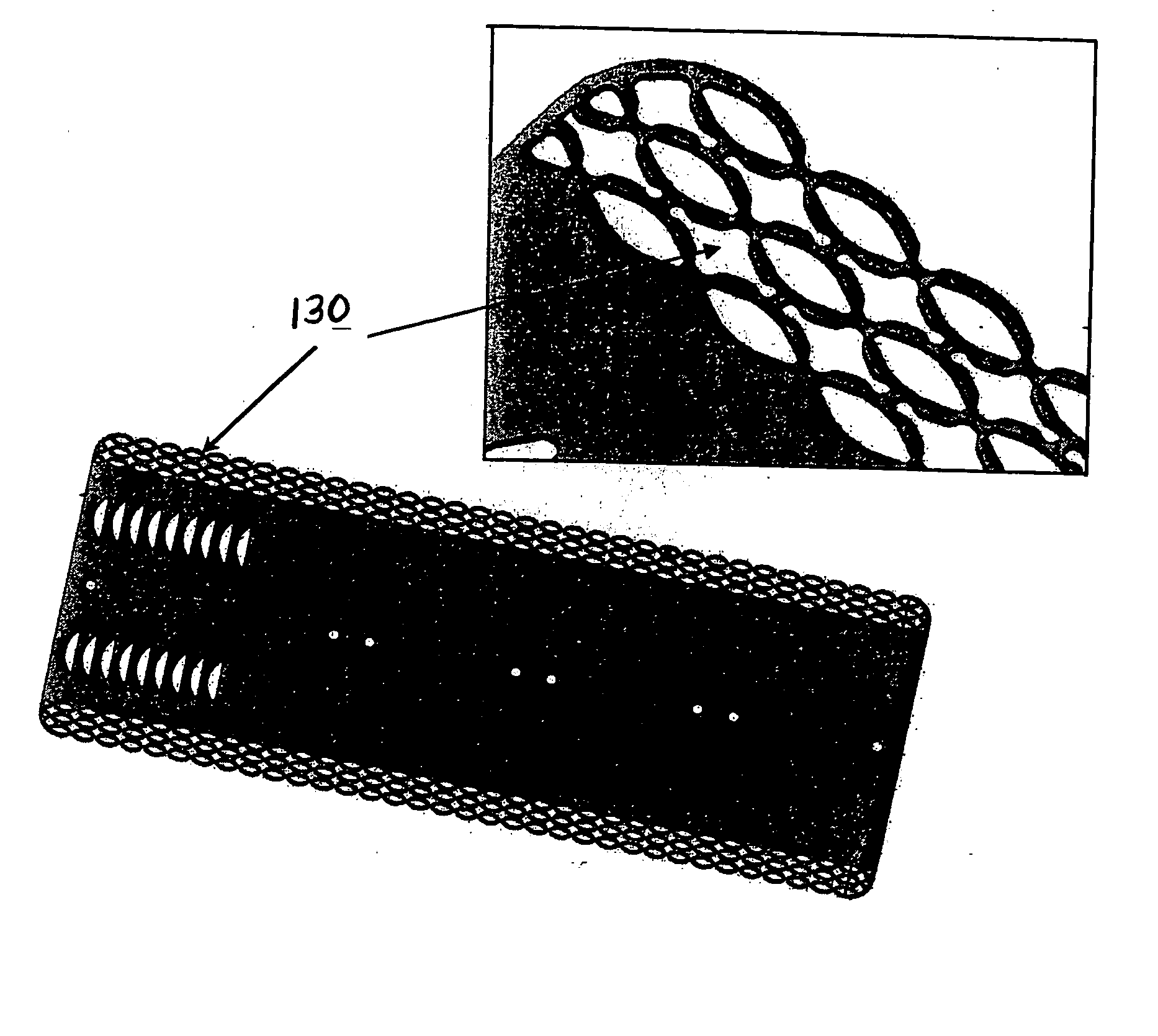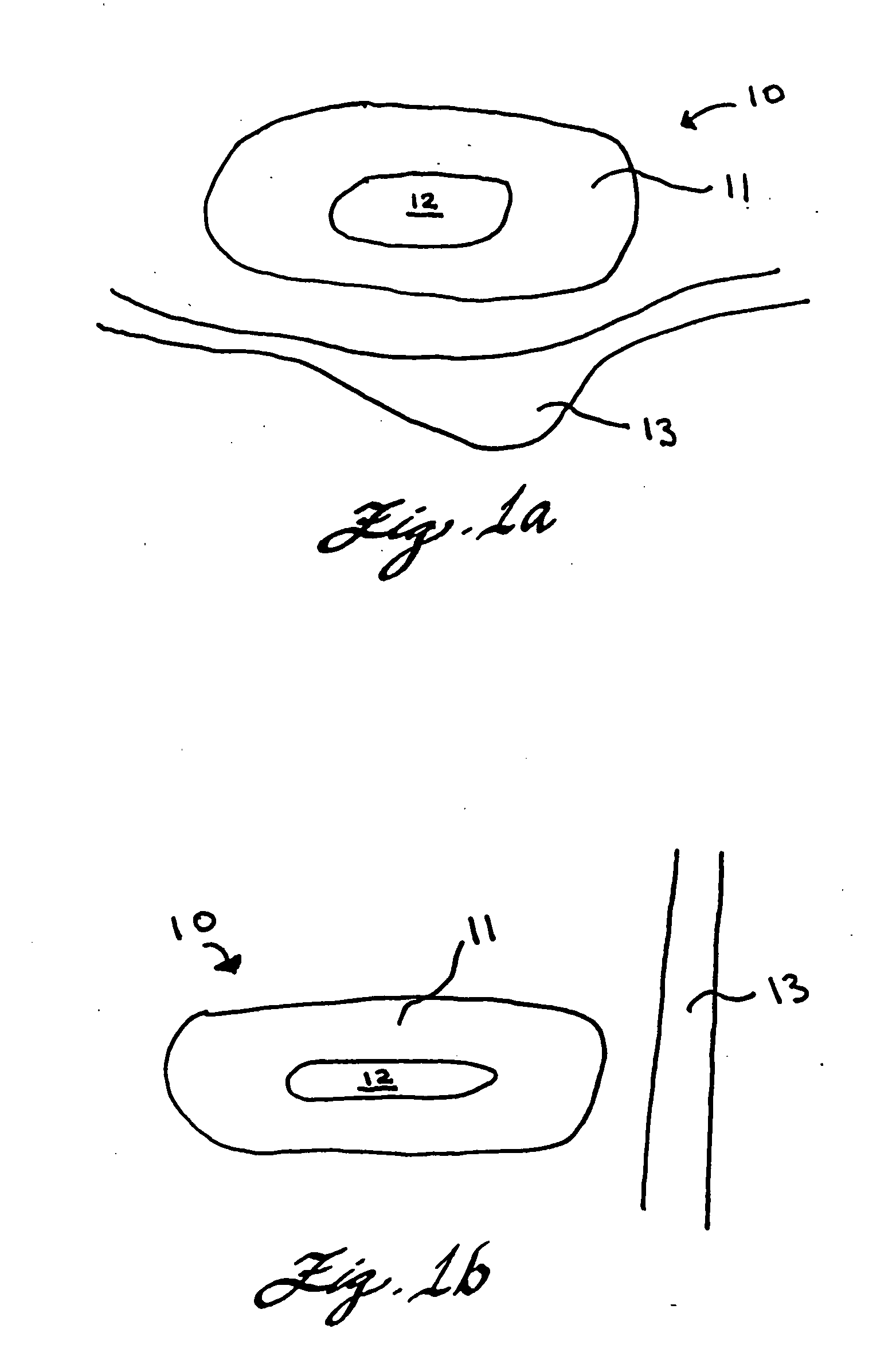Expandable implant for repairing a defect in a nucleus of an intervertebral disc
a technology of intervertebral disc and expandable implants, which is applied in the field of expandable implants for repairing a defect in the nucleus of an intervertebral disc, can solve the problems of disc's ability to hydrostatically act substantially compromised, back pain and often pain down the posterior aspect of the buttocks and legs, and the annulus is prone to tears and trauma events
- Summary
- Abstract
- Description
- Claims
- Application Information
AI Technical Summary
Problems solved by technology
Method used
Image
Examples
Embodiment Construction
[0034] The expandable implants of the present invention are suitable for several applications, particularly nuclear defects and damaged intervetebral discs. Several possible configurations can be made from a number of different materials.
[0035] The present implants are preferably elastic and susceptible to withstanding long-term implantation into a mammalian body. Examples of suitable materials include shape memory alloys (SMAs), superelastic SMAS, nitinol, MP35, Elgiloy, spring steel, and any plastic elastic material or other material suitable for such implantation. For simplicity and clarity, many of the embodiments described herein are discussed as being made from a SMA, particularly nitinol, but it is understood that the benefits and features of the present invention are not limited to an SMA or nitinol, and can be achieved by using any of other suitable materials.
[0036] SMAs are materials that have the ability to return to a predetermined shape. The return is the result of a ...
PUM
| Property | Measurement | Unit |
|---|---|---|
| length | aaaaa | aaaaa |
| cylindrical shape | aaaaa | aaaaa |
| volume | aaaaa | aaaaa |
Abstract
Description
Claims
Application Information
 Login to View More
Login to View More - R&D
- Intellectual Property
- Life Sciences
- Materials
- Tech Scout
- Unparalleled Data Quality
- Higher Quality Content
- 60% Fewer Hallucinations
Browse by: Latest US Patents, China's latest patents, Technical Efficacy Thesaurus, Application Domain, Technology Topic, Popular Technical Reports.
© 2025 PatSnap. All rights reserved.Legal|Privacy policy|Modern Slavery Act Transparency Statement|Sitemap|About US| Contact US: help@patsnap.com



